
Fuels
A fuel is a material that can burn. In nature, materials that can burn include plants and trees. That is why in wildfires, plants and trees are called fuels. Fires change depending on the kind of fuel they are burning.
Some of the things that affect how plants and trees, that act as fuels, burn are:
- The kind of plant and tree
- The amount of water in a plant or tree
- The size and shape of the plant, for example: its leaves and branches
- How many plants live in within a space
There are three general categories of plants and trees acting as fuels,
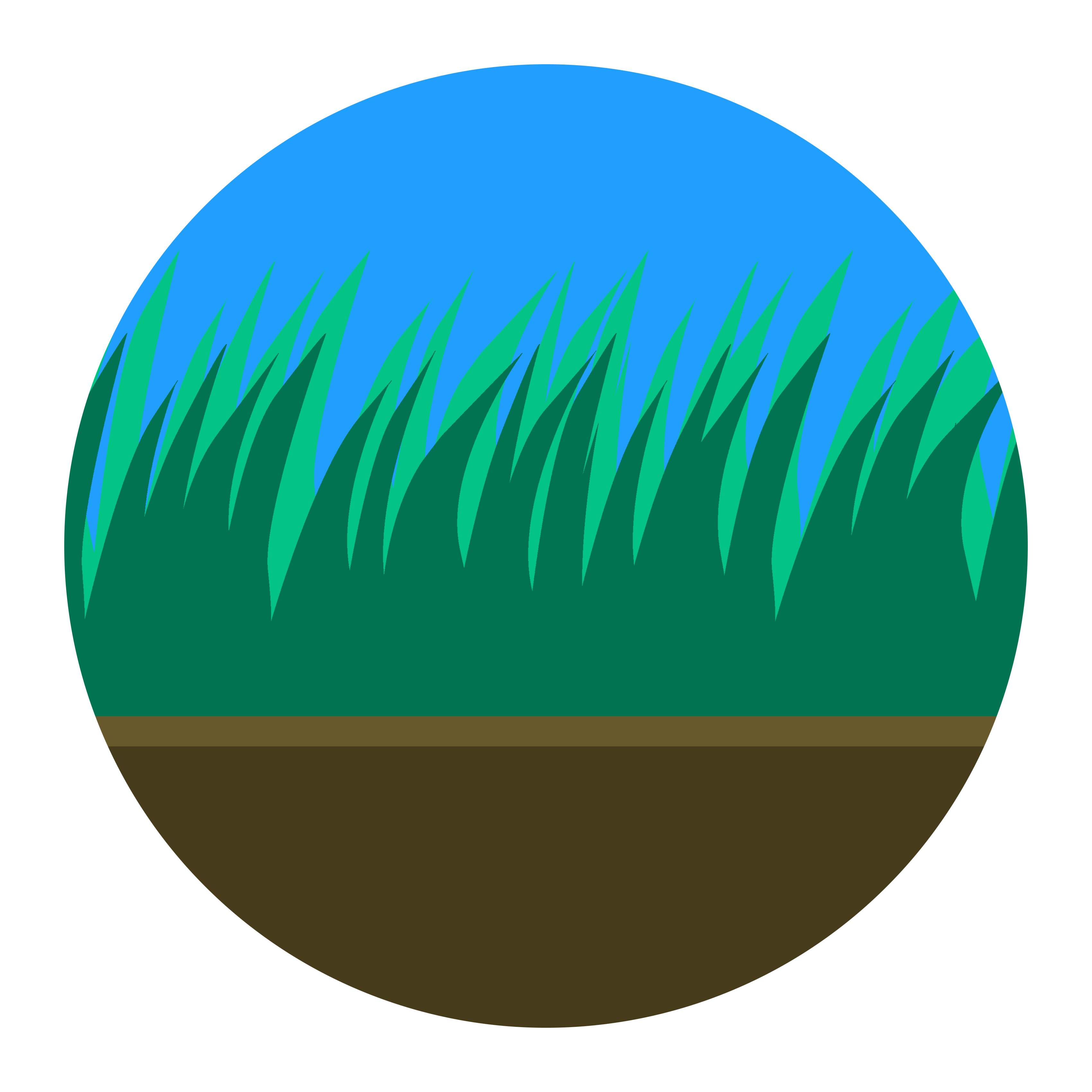 |
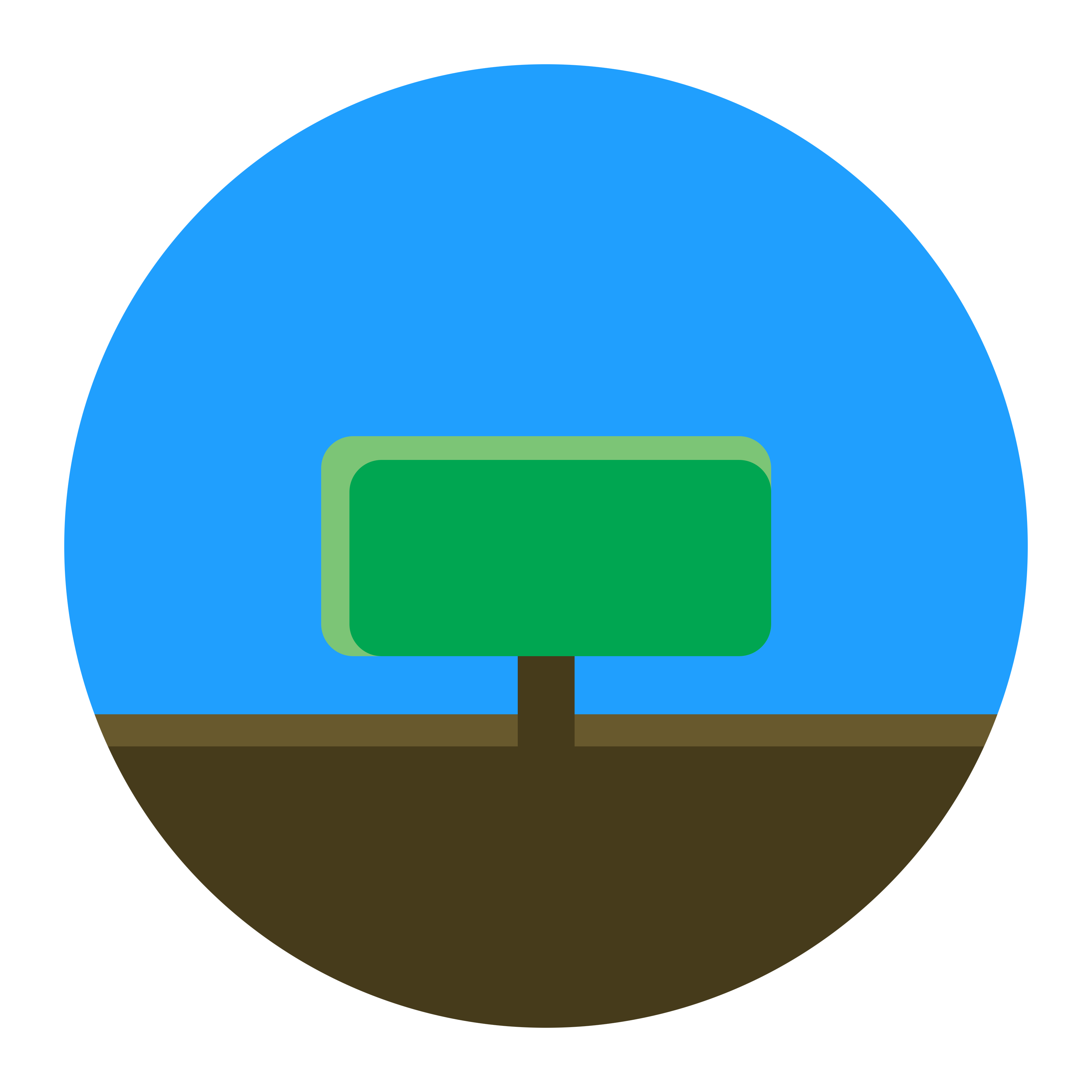 |
 |
| Grass | Shrubs | Timber |
|---|
The type of fuel can vary depending on the geographic region. The map below shows fuel distribution for the state of California.
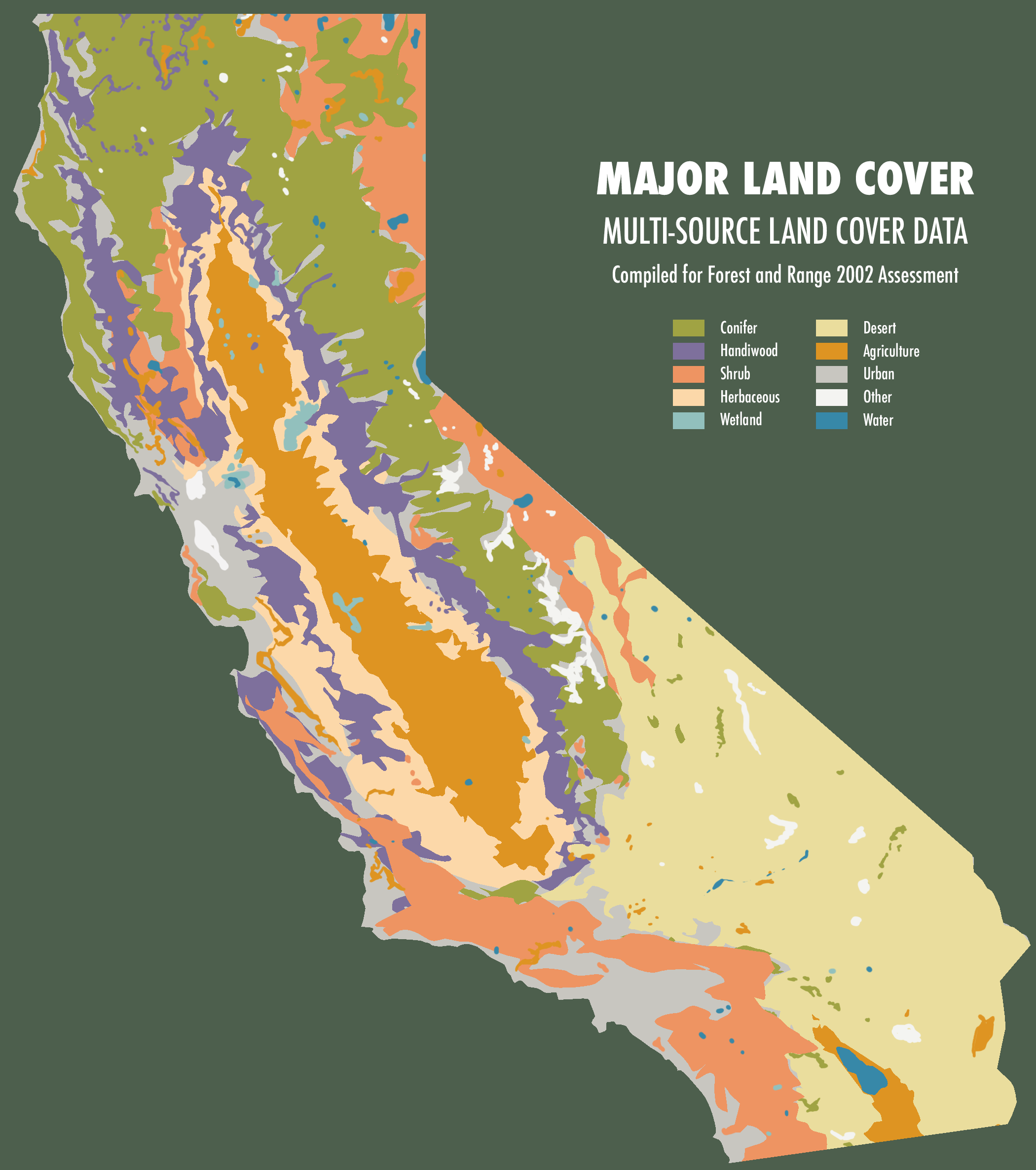
|
Plants need water to survive. Plants will absorb water from the soil and the surrounding air. If there is a lot of water in the air and soil, then plants can take in more, and are wet. If there is less water available in dry air and soil, in this case plants can be dry. |
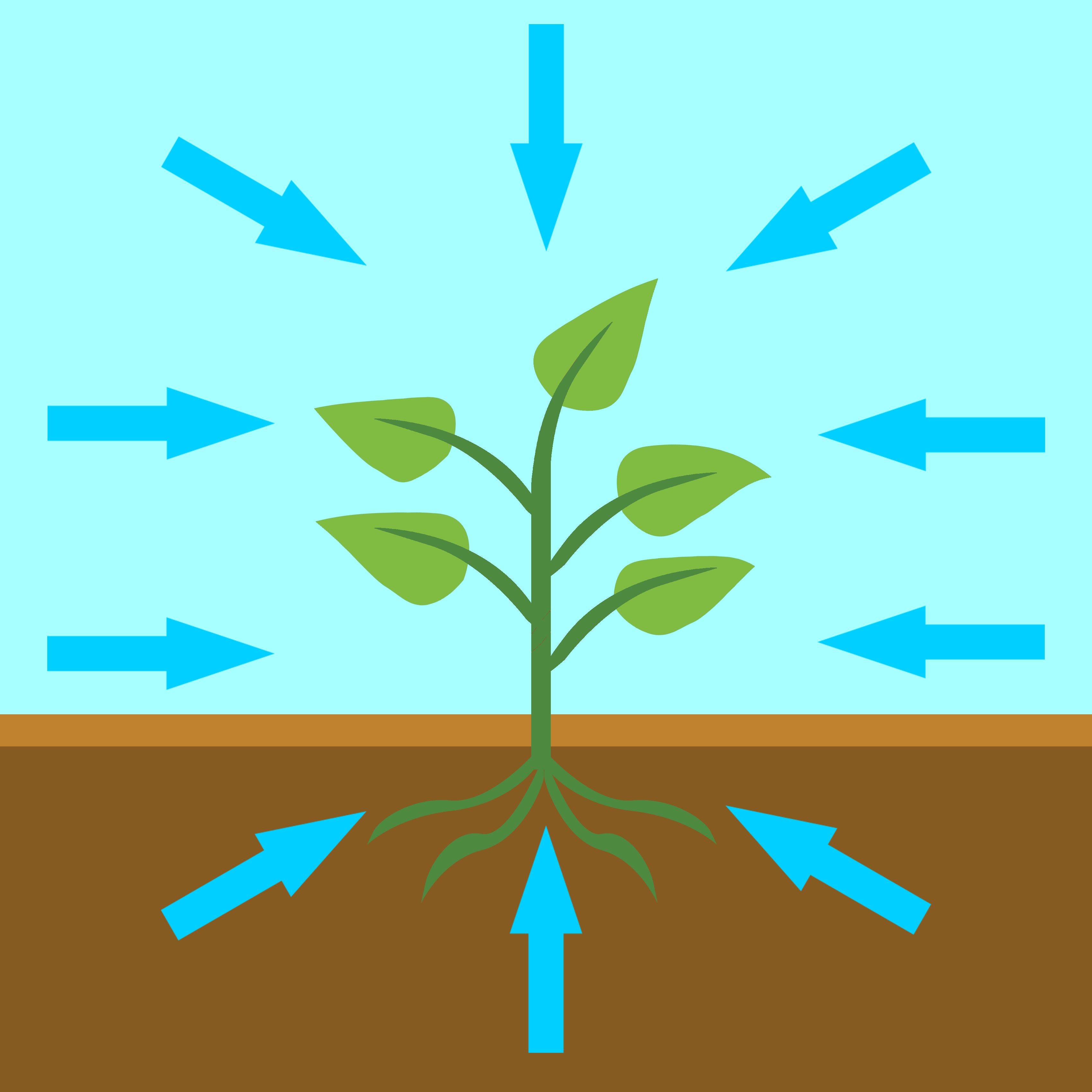 |
|
Plants store water in their leaves and branches. |
 |
|
It is easier to start a fire in dry plants than in wet ones. In general, a fire burning through drier plants burns faster than a fire burning through wetter plants. |
|
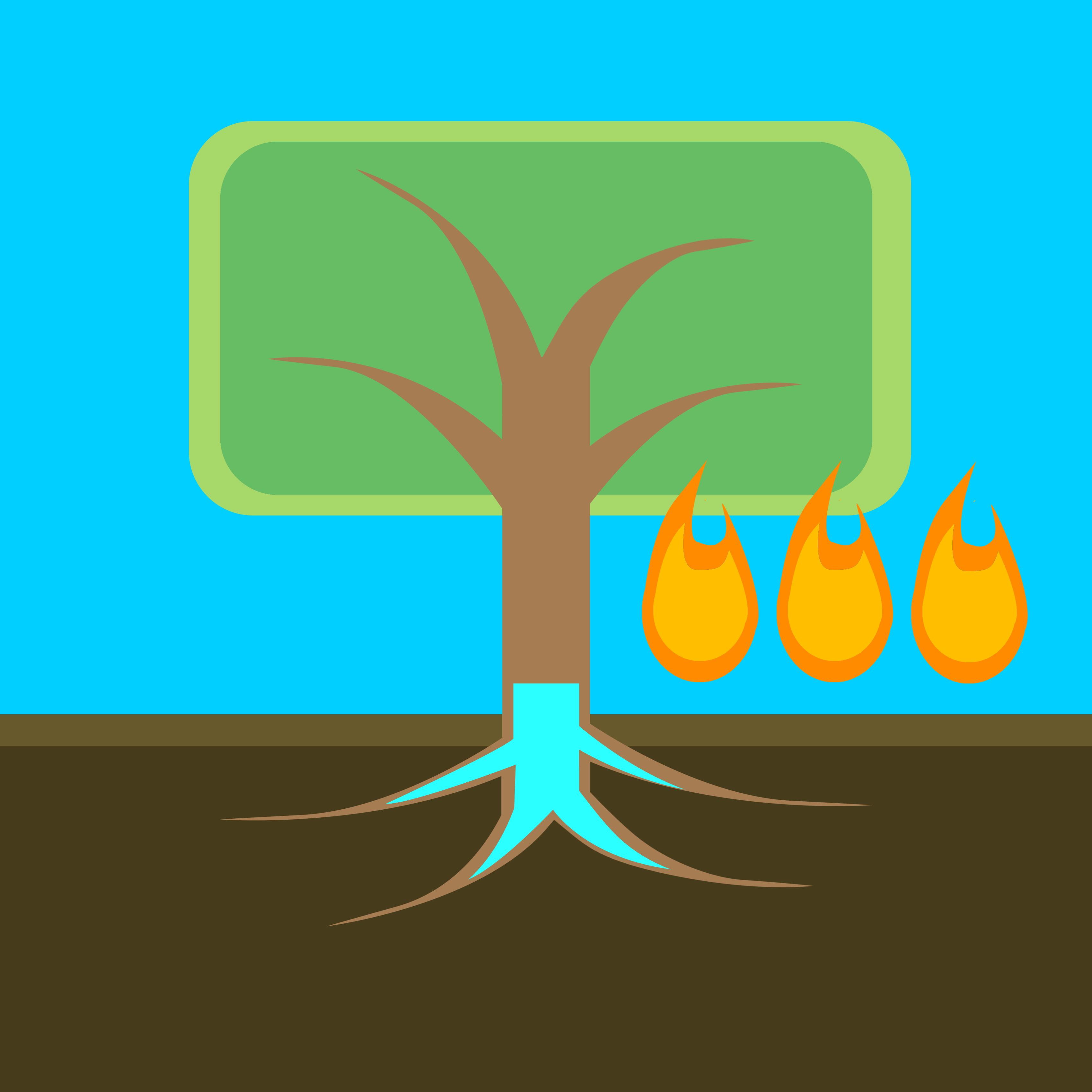 |
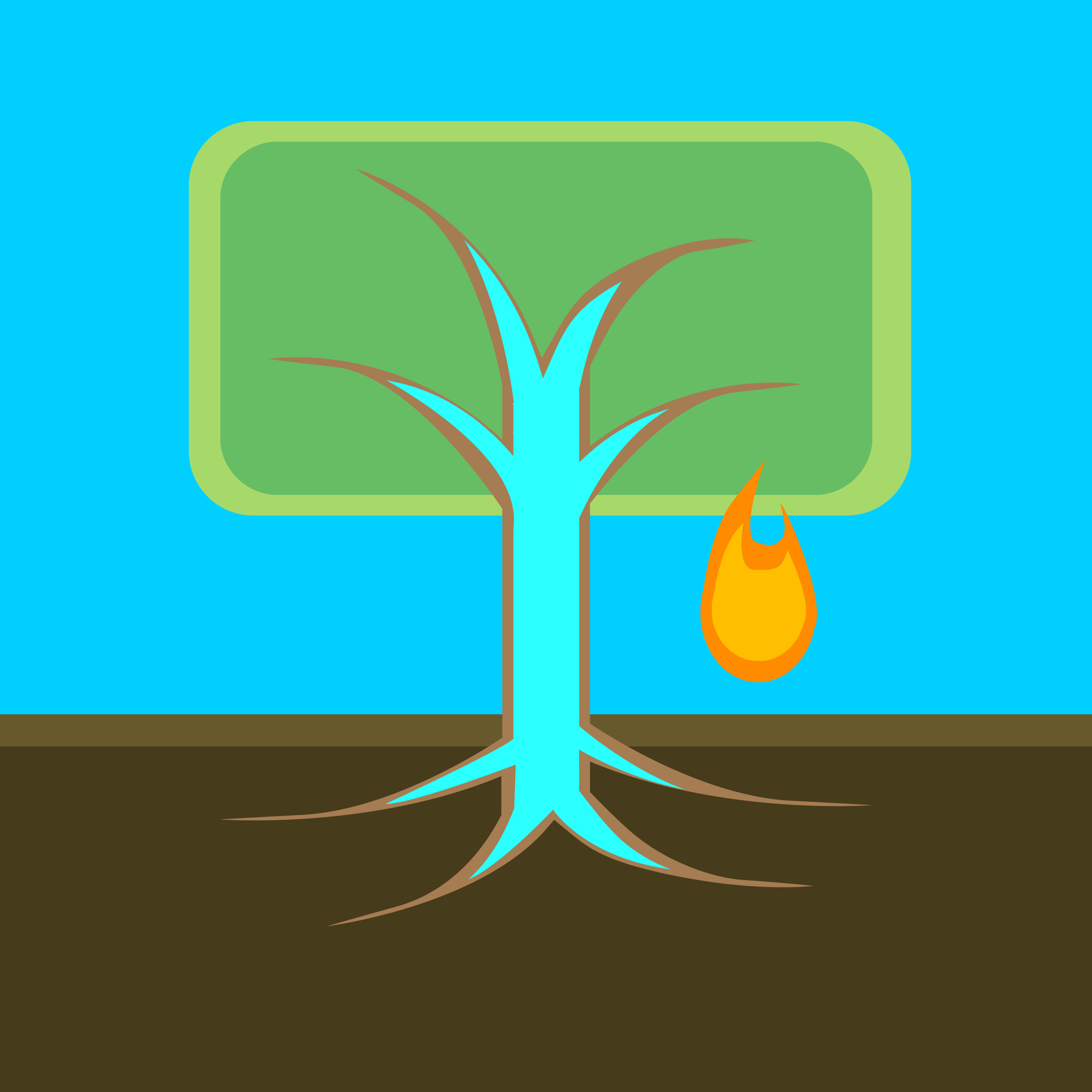 |
There are two fuel sizes. Thick fuels and thin fuels.
|
Thin fuels are made up of smaller branches that catch fire easier and burn faster. |
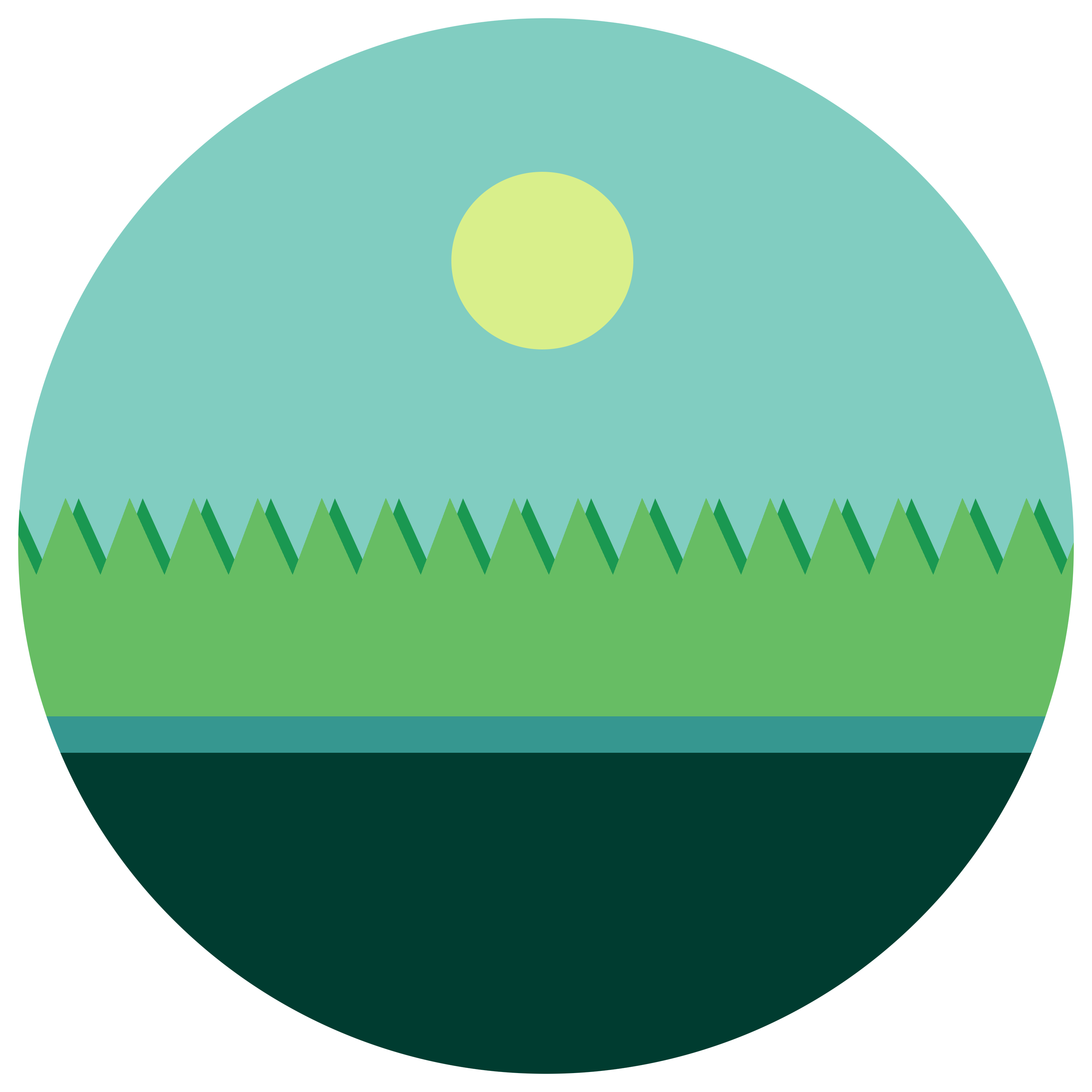
|
Thick fuels are made up of big branches that catch fire harder and burn slowly. |
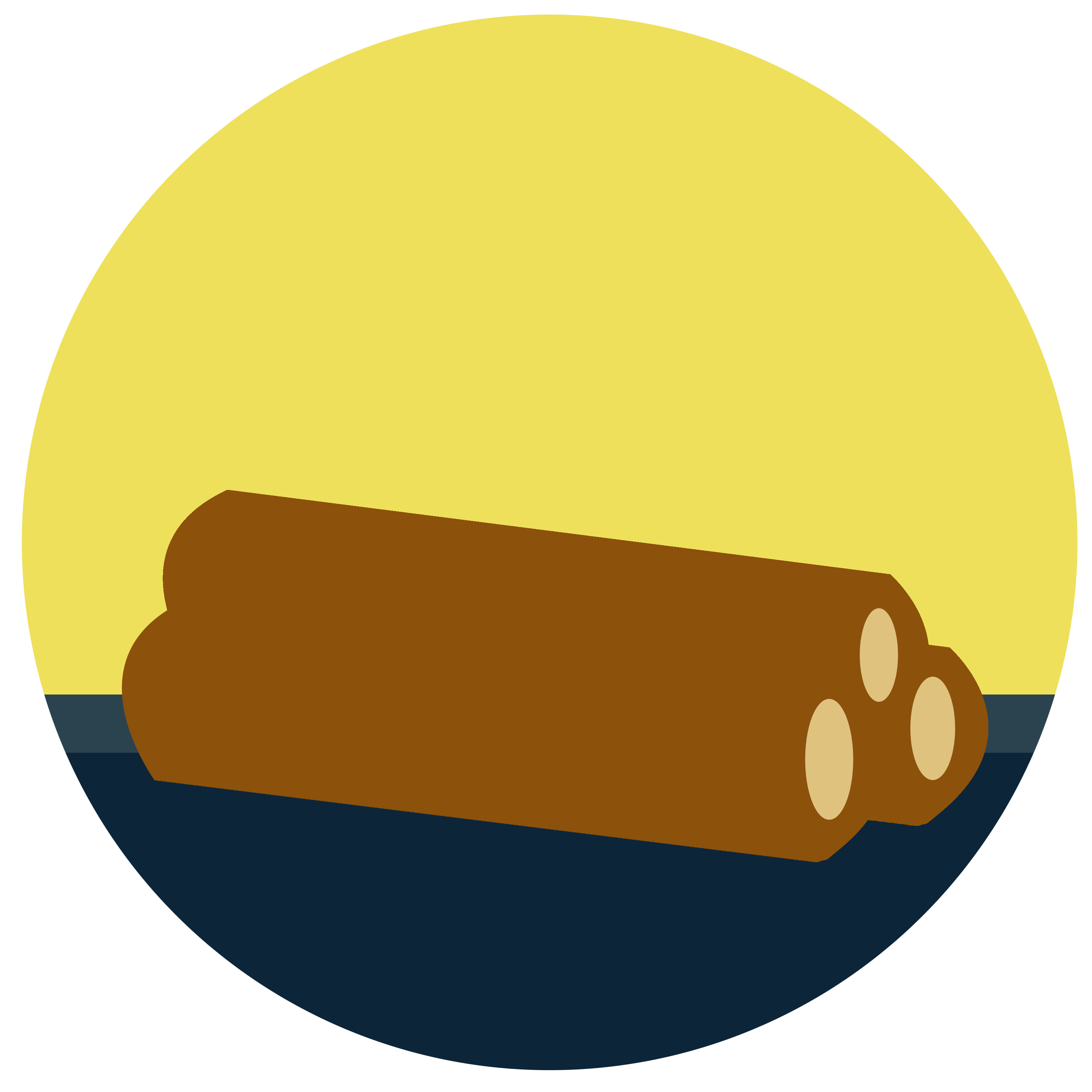
|
The amount of plants that live in a certain space is important. Having more plants in a space means that there is more material that can burn and more fire. It is harder for a fire to survive in a place with few plants to burn.
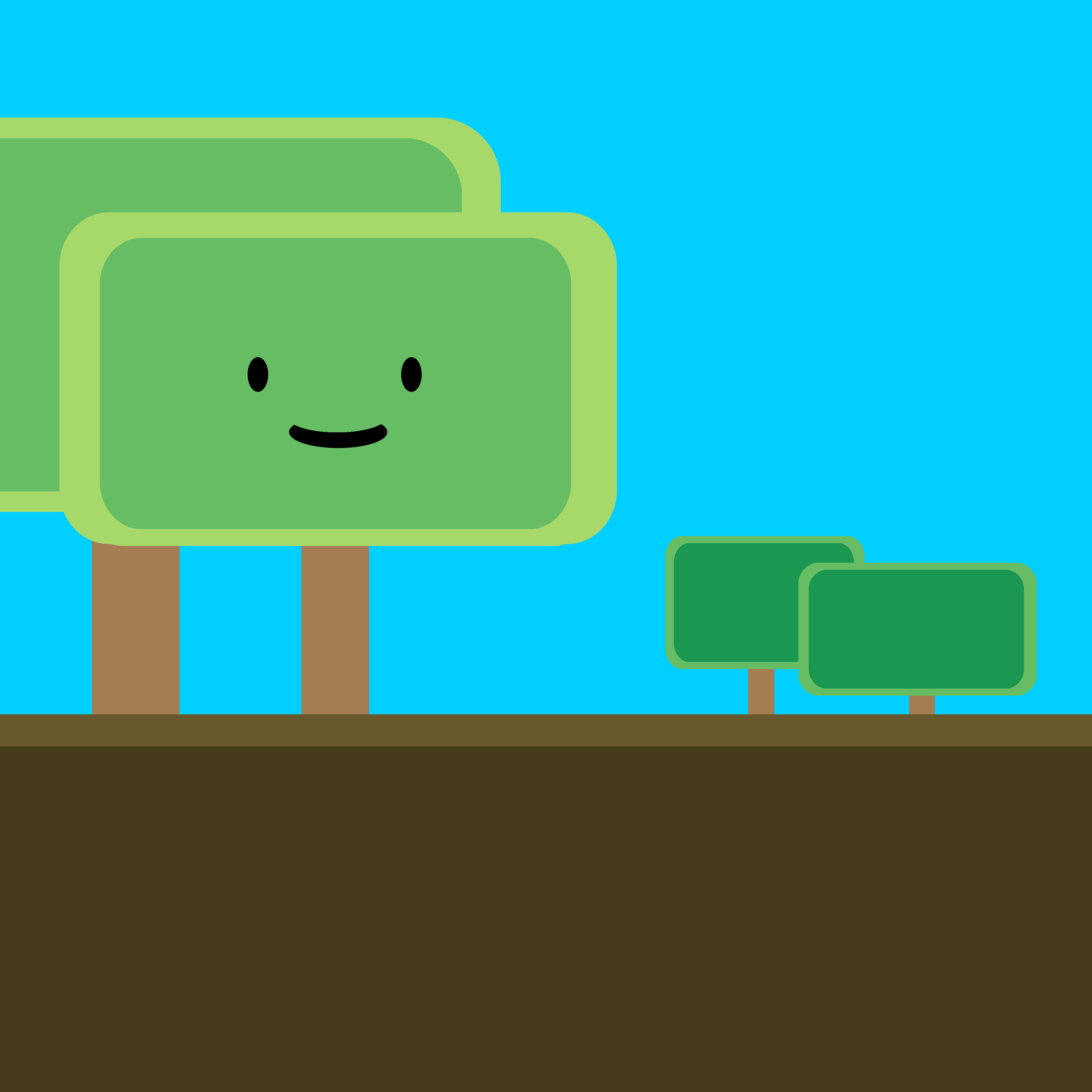 |
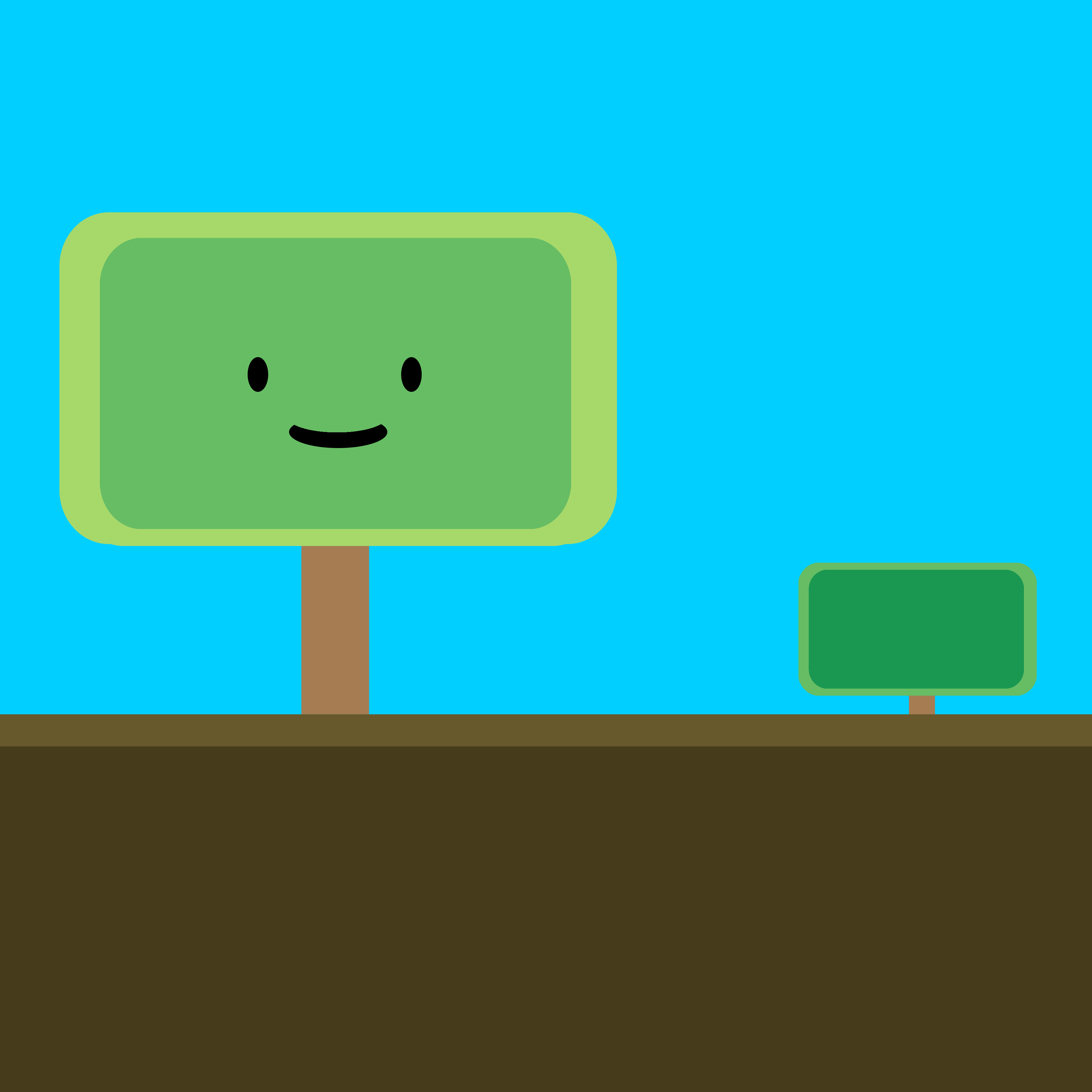 |
| Many Plants | Few Plants |
|---|